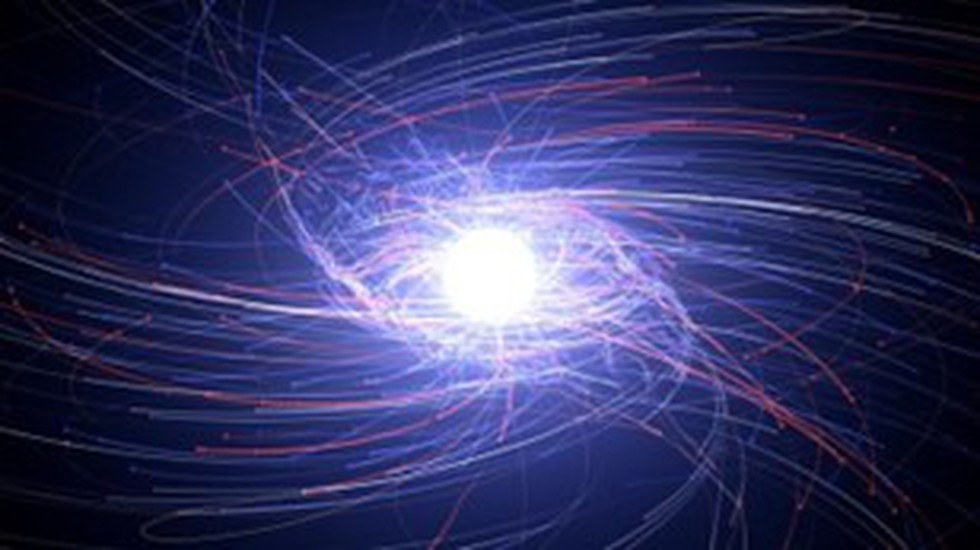About Antimatter:
- Antimatter is the same as ordinary matter except that it has the opposite electric charge.
- It is also known as “mirror” matter.
- For instance, an electron, which has a negative charge, has an antimatter partner known as a positron. A positron is a particle with the same mass as an electron but a positive charge.
- The antimatter particles corresponding to electrons, protons, and neutrons are called positrons, antiprotons, and antineutrons; collectively they are referred to as antiparticles.
- These anti-particles can combine to form anti-atoms and, in principle, could even form anti-matter regions of our universe.
- Matter and antimatter cannot coexist at close range for more than a small fraction of a second because they collide with and annihilate each other, releasing large quantities of energy in the form of gamma rays or elementary particles.
- Antimatter was created along with matter after the Big Bang.
- Humans have created antimatter particles using ultra-high-speed collisions at huge particle accelerators such as the Large Hadron Collider, which is located outside Geneva and operated by CERN (the European Organization for Nuclear Research).
- There are also naturally produced antiparticles made sporadically throughout the universe.
What is General Theory of Relativity?
- General relativity is physicist Albert Einstein's understanding of how gravity affects the fabric of space-time.
- Theory:
- According to the theory, time and space are fused together in a quantity known as spacetime.
- Gravity is treated as a geometric phenomenon that arises from the curvature of space-time.
- Massive objects cause spacetime to curve, and gravity is simply the curvature of spacetime.
- Gravitational lensing is a dramatic and observable example of Einstein’s theory in action.
- Gravitational lensing:
- Extremely massive celestial bodies such as galaxy clusters cause spacetime to be significantly curved. In other words, they act as gravitational lenses.
- When light from a more distant light source passes by a gravitational lens, the path of the light is curved, and a distorted image of the distant object — maybe a ring or halo of light around the gravitational lens — can be observed.
